
views

Find your item in your local mega-mart, online, or in a general grocery store.
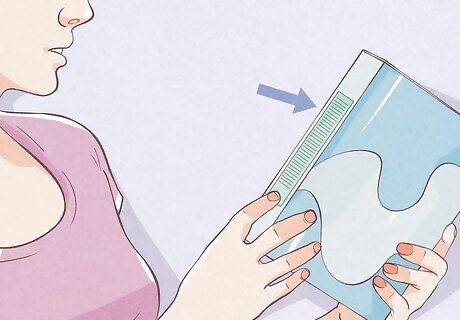
Read the whole label, especially the small print, but never believe what you read on the front and side of the label. Be wary of the way they write advertisements. People can literally hypnotize you with the written word.
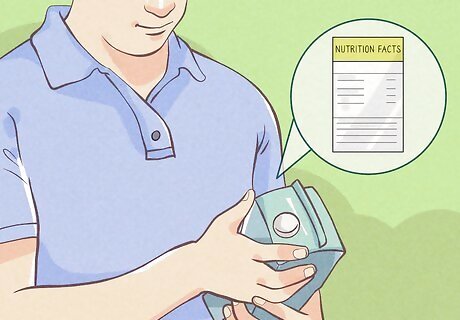
Look first for the number of servings per container. You don't want to be eating the whole package, that looks like a single snack, when the pack contains 2 or 3 servings.
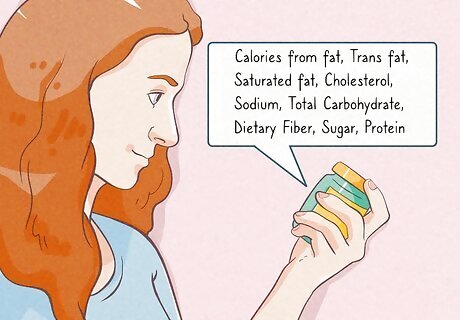
Compare the number of servings with Total fat, Calories from fat, Trans fat, Saturated fat, Cholesterol, Sodium, Total Carbohydrate, Dietary Fiber, Sugar, Protein and the list of assorted vitamins and minerals. To eat healthy, quickly eliminate products that contain too much saturated fat, any trans fat, too much cholesterol, or too much sodium. Fat: There is no safe limit on trans fat, so if any amount is listed, the product is unhealthful. Saturated fat is bad, polyunsaturated fat is neutral, and monounsaturated fat is good. Look for a very low saturated to total fat ratio, or monounsaturated fat much greater than saturated fat. Also, look at the calorie from fat in relation to total calorie. If fat accounts for over 30% total calorie, that is too much; less than 15% is good. The example shown above has saturated fat to total fat about 1:4, and monounsaturated fat is more than saturated fat, so it can be considered a healthy choice on this account. Fat accounts for 537.4 out of a total of 2059.6 calories, or 26%, which is ok. Cholesterol: this comes only from animal products and is linked to increased cardiac risk. As with saturated and trans fat, you should limit this intake as much as possible. Sodium: most commonly comes from table salt (sodium chloride), but may also come from other additives such as monosodium glutamate (MSG) or sodium bicarbonate (baking soda). High sodium intake is linked to hypertension and a myriad of other serious health problems, so limit this as much as possible. As a rough rule of thumb, any product containing more than 1 mg of sodium per calorie is too much. The example above has 2975 mg Na per 2059.6 Cal, which is too much. Carbohydrates: there is no hard lower or upper limits on total carbohydrates, but two components deserves mention. Dietary Fiber, which comes only from plants and is essential for good health. The more of this, the better, but aim for at least 25 g for women and 38 g for men. Sugar is frequently an additive and should be limited. Correlate this by reading the ingredient list (see below) for "sugar", "high fructose corn syrup", or any of many forms (see here). Protein: this is essential and most need 46-56 g per day. The Institute of Medicine recommends 10-35% of calories from protein. Know that fat has 9 Calorie/gram, while carbohydrate and protein have 4 Calorie/gram. The example above has 83.3 g protein or 333.2 Cal, which is 16% of total Calories, so it meets the standard. Vitamins and Minerals: these are essential micronutrients, so aim to have close to 100% daily requirement.
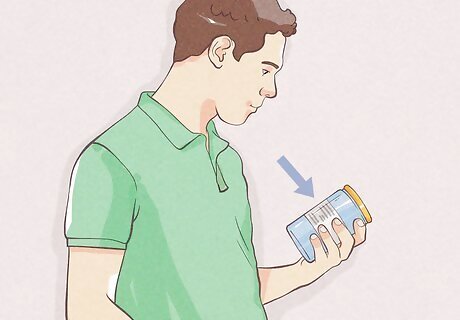
Read the ingredient list. This is often the trickiest part of the whole label in that manufacturers disguise ingredients with unfamiliar names. Anything called "glutamate" or "hydrolyzed" is something like MSG. Go back to the reference to the advertisement article. The fewer items listed, the better. The ideal product has only one item listed, such as "Whole grain rolled oats". Anything with more than one ingredient contains additives. The more highly processed foods (read unhealthy) have longer ingredient lists.

Start with baby steps. Don't sit down and try to read every little item and think you will absorb it. Start with common foods. Make lists until you get used to what you're looking at. Web search different items to find different names for them.

At first, look at just the first three ingredients listed. Don't worry about the rest. The ingredients are listed in the order of their quantity in the food. For example, if water, sugar and soy are the first ingredients, that means that these ingredients are the first, second and third greatest quantities that there are in the product. Likewise, if a product is advertised as containing whole grain, but the first item listed is "enriched flour", rest assured that whole grains do not account for much of the product. What you find might surprise you. You might think that a meat product is made mostly of meat, only to find out that the major ingredient is a grain. Many people enjoy better health when reducing the role of meat in their diet. You might experiment with eating fewer foods that are based on meat. Meat is an animal protein, but has zero fiber. Animal meat is high in fat, cholesterol, and protein, and contains no dietary fiber and few micronutrients.
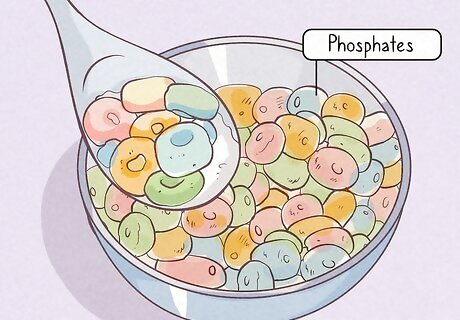
Have some ideas about where to start. Some words/terms that can help you determine that it is a preservative or some other additive. Look for various types of phosphates in the foods. See what the results are. If you have a sensitivity to it, you will notice matching symptoms. One such additive, is sodium phosphate. Monosodium Glutemate (MSG). This is very common as are allergies or intolerance to it. Research the various symptoms or reactions that others have had and compare them to what your symptoms are. High Fructose Corn Syrup - You would be amazed at how many foods have this ingredient in it that don't need it. There are, on average, 4,500 products in an average mega-mart. 1/3 of them contain high fructose corn syrup. Do some research on this additive and don't let the commercials think for you. Remove it from your diet and see how you feel. There are natural alternatives for it, if a sweetener is needed. There have been many studies that are tying high fructose corn syrup, Type II Diabetes, and obesity closely together. Replace it with agave nectar. EDTA - used for mayonnaise and dressings. EDTA is a chelation chemical used in industry for removing heavy metals from our systems.













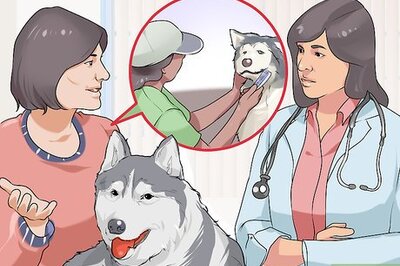
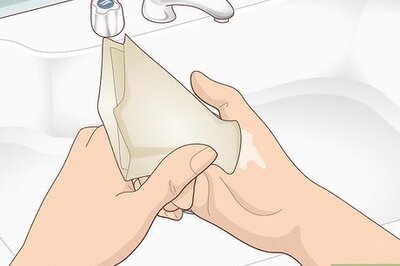
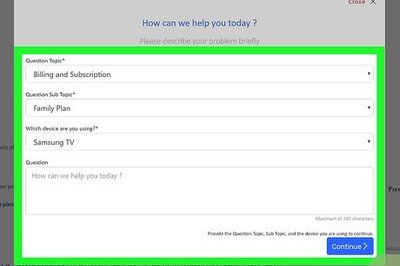


Comments
0 comment